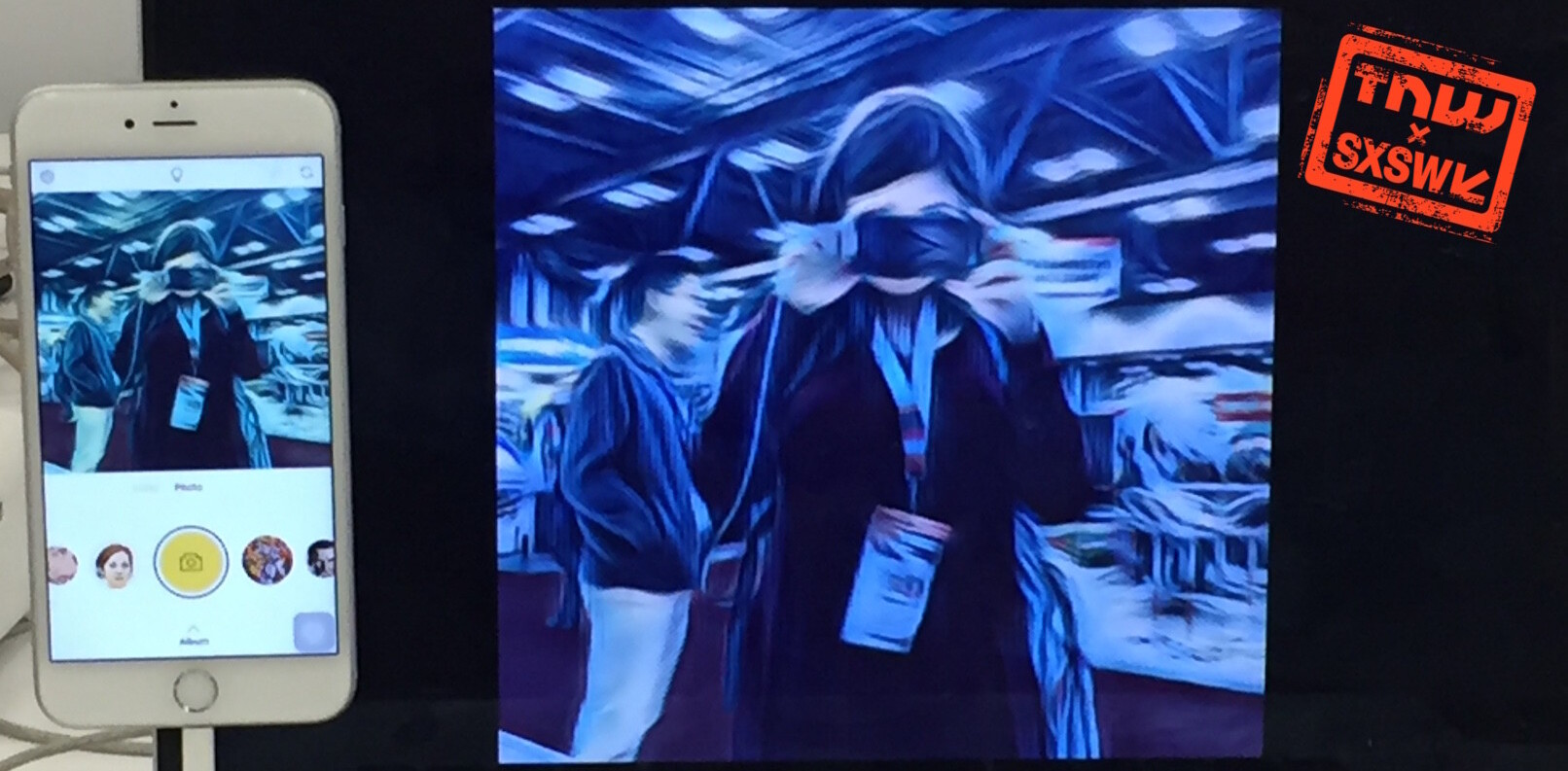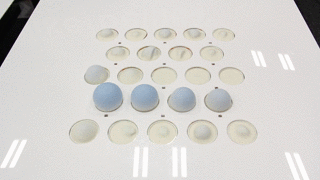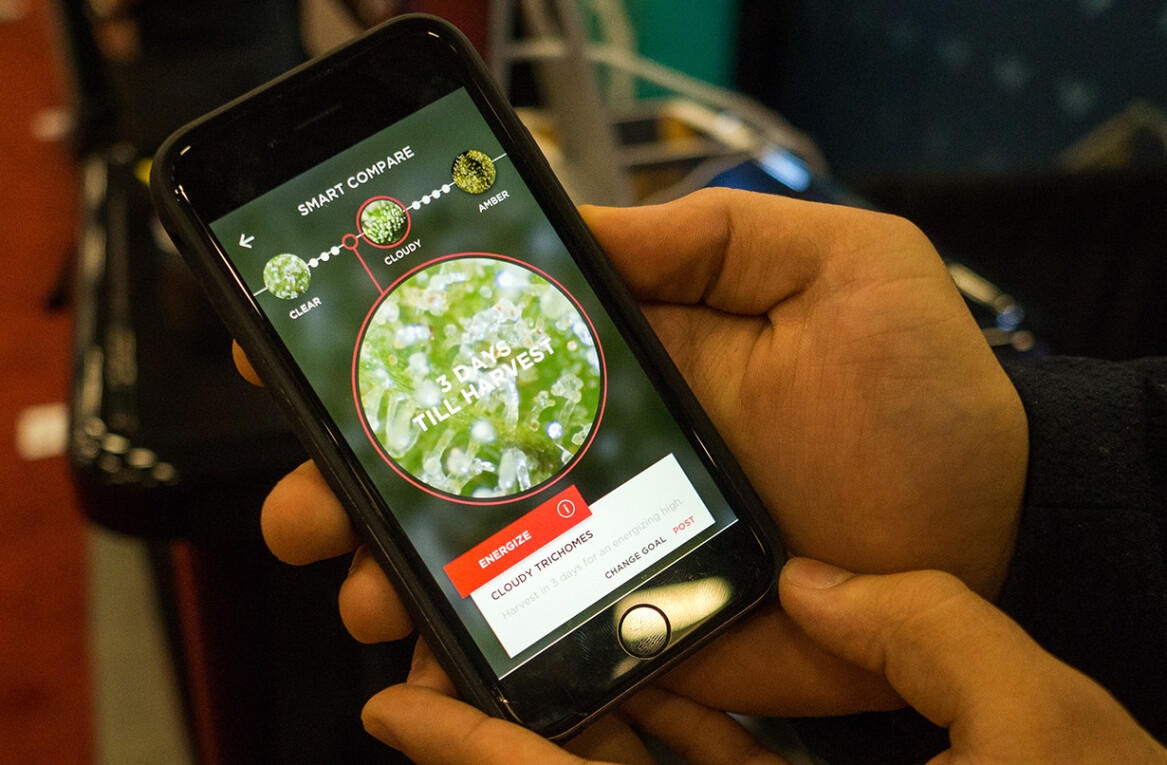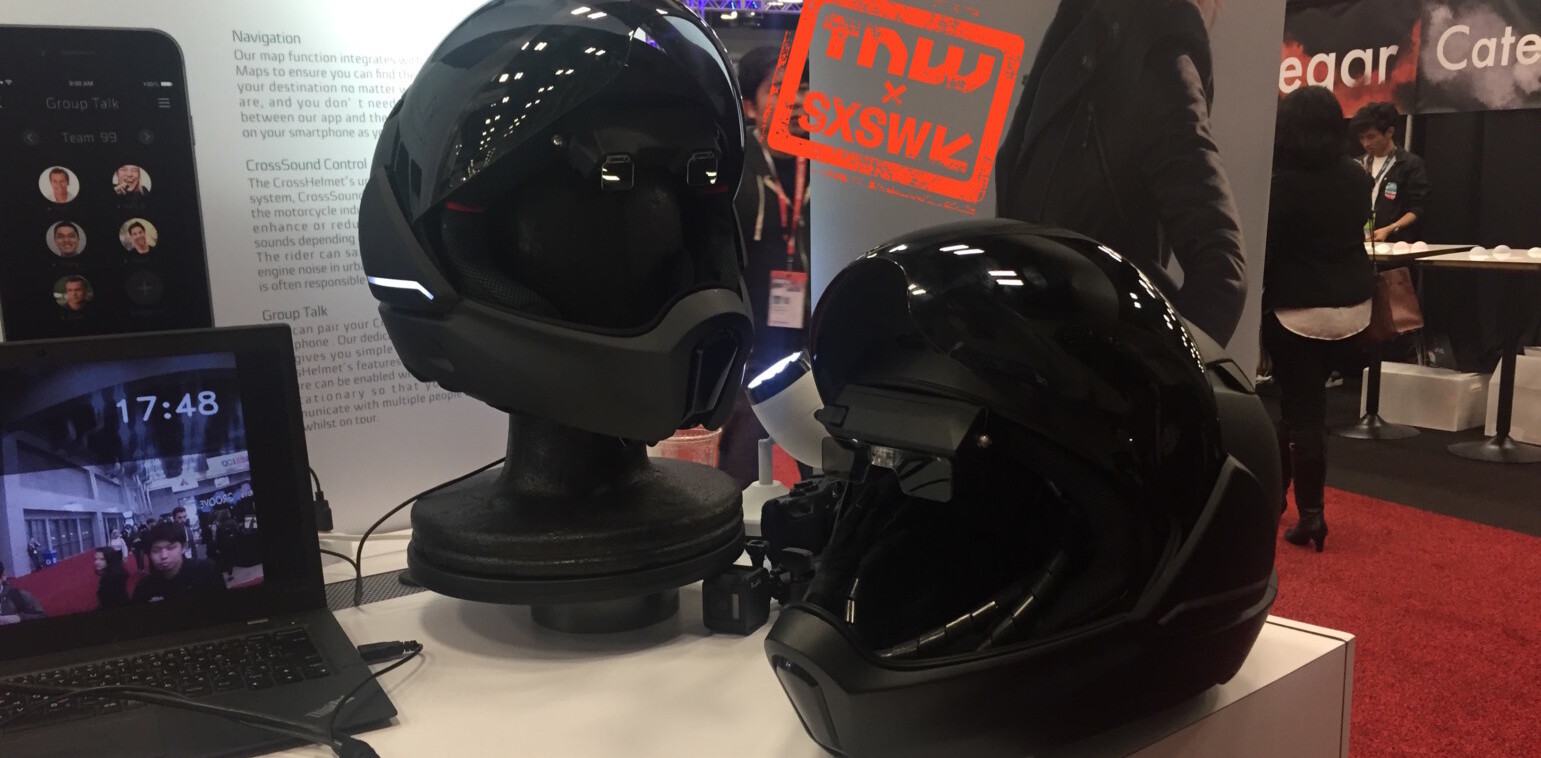
If there’s one defining characteristic of SXSW, apart from the talks, drunken tech geeks, grackles and sore feet, it might be lines. SXSW is rife with lines: there are lines for talks, lines for experiences, lines for food, lines for coffee, even fucking lines for escalators. It’s enough to drive a sane person mad – except if you’re British, of course.
Luckily, it’s only day 2 and most people here are civil. Plus, literally everyone owns a smartphone that offers an unlimited amount of distraction. If you’re not a tech hater or old person, you could see that distraction as a good thing, because it keep you from being plagued by the scourge of lines: boredom.
The psychological field of queuing – which is quite literally a domain of science focussing solely on people waiting in line (imagine having to research that! Yawn!) – agrees on that fact.
In an excellent and interesting piece in The Washington Post, reporter Ana Swanson recounts the tale of a certain building in Manhattan, where tenants were complaining about the long waits for the elevator.
She writes that engineers looked at the problem, but could not find a physical solution to speed up the wait. But then one brilliant employee of the building “noted that people were probably just bored and recommended installing floor-to-ceiling mirrors near the elevators, so people could look at themselves and each other while waiting.”
After that, the complaints dropped to zero. Apparently, waiting in line was less boring if you could look at yourself.
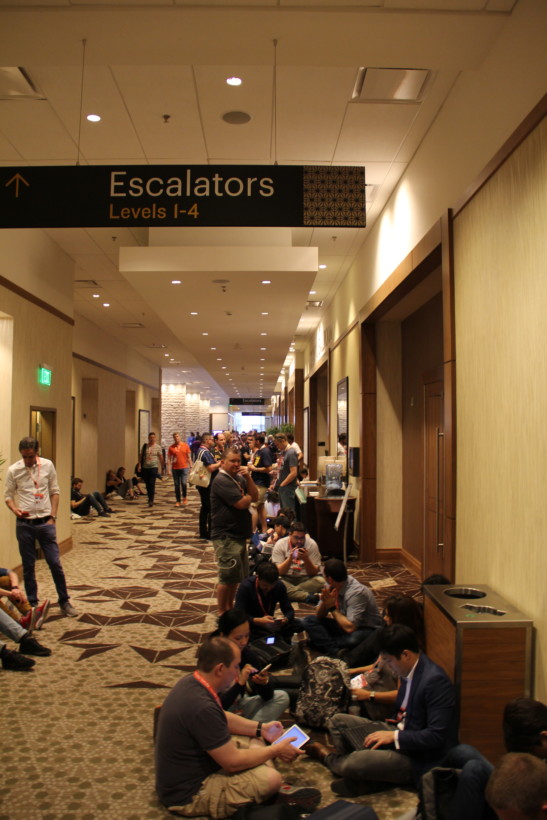
Standing in line here at SXSW, it feels kind of soothing that we haven’t changed all that much since the mirror solution was presented for the Manhattan office building in the fifties.
The only difference: our mirrors have gone portable and digital. With a bit of good will, you could see our smartphone as a digital mirror, one that reflects who we are by ways of the apps you have installed, or the various online profiles you can access through it. Or even literally, in the case of the many, many selfies we’re talking and distributing.
Some people might say we’ve become more lonely or distant because of this easy way to find distraction from the tediousness we so often encounter, but you tell me what’s lonelier; killing time by staring at yourself in the mirror or spending time on a device that can connect you to millions across the globe?
I know my answer. Time to queue up for the next talk. Or escalator.
Get the TNW newsletter
Get the most important tech news in your inbox each week.
